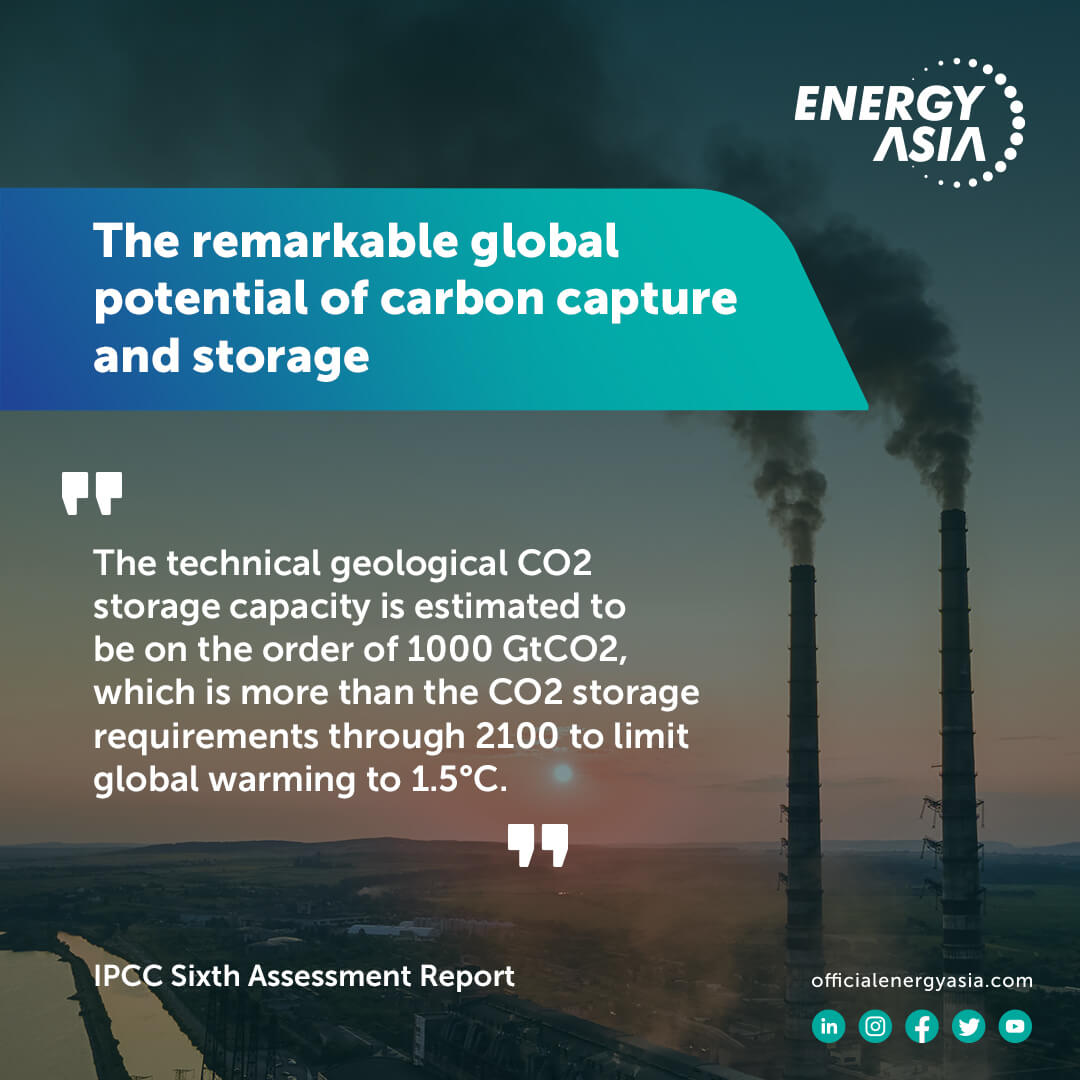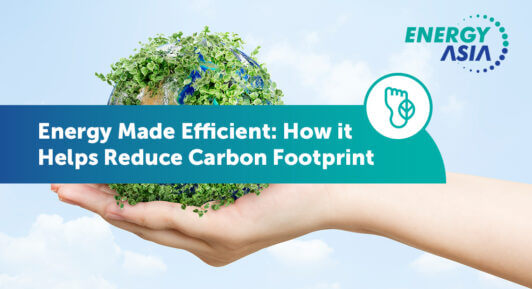Carbon Capture Key to Asia’s Net-Zero Pathways
Carbon capture, utilisation, and storage (CCUS) will be a pivotal technology in our global journey to net zero, and one with a particularly significant role to play in Asia’s complex pathway to a carbon-neutral future.
CCUS covers a range of technologies which focus on capturing and abating large sources of CO2, with significant implications for high-emitting installations such as power stations. These technologies operate by capturing large volumes of CO2 at the point of generation. In scenarios where that CO2 is not directly utilized for a further industrial process, CCUS technologies then seek to compress and transport CO2 to a storage location—often in deep geological formations such as depleted oil and gas fields.
CCUS technologies have been relatively slow to roll out at scale—largely due to ongoing cost challenges—although under current projects an additional ~200MtCO2 is projected by 2030. There are ~35 commercial CCUS facilities operating globally today according to the International Energy Agency (IEA), with a total annual capacity capture of 45 million tonnes of carbon dioxide (Mt CO2).
This suite of CCUS facilities are also being complimented by a growing number of direct air capture plants—capturing and scrubbing CO2 direct from the atmosphere—with 18 plants worldwide, although this remains a more nascent technology, projected to scale to 60 Mt CO2/year by 2030 under the IEA’s most optimistic Net Zero Emissions scenario.
This growth in carbon capture technology is undoubtedly encouraging, yet the total capture capacity projected for 2030 remains well below that required for the IEA’s Net Zero scenario—with this net-zero pathway projecting annual capture and storage capacity boosted to 1,286 mtCO2 by 2030.
Even that figure is modest compared to the potential viable capacity of CCUS, which is ten-fold higher than current projected capacity additions. The IPCC Sixth Assessment Report highlights “The technical geological CO2 storage capacity is estimated to be on the order of 1000 GtCO2, which is more than the CO2 storage requirements through 2100 to limit global warming to 1.5°C, although the regional availability of geological storage could be a limiting factor.”
Energy Asia offers a platform for collaboration and investment in CCUS, with a vision of a carbon-balanced future where huge volumes of carbon are captured and stored, and will play a pivotal role in delivering a just transition in Asia and around the world.

CCUS is vital to Asia’s just transition
CCUS will be a vital part of Asia’s journey, given its unique dynamics and high reliance on coal in today’s energy mix. These technologies provide a powerful solution to bridge towards less polluting natural gas while mitigating the potential carbon footprint of these facilities.
“I think there’s a lot of excitement about the role of natural gas in the energy transition across Asia. I think it’s a very different conversation than we sometimes here in the west, because I think gas is really seen as part of the solution to the energy transition in Asia as countries look for ways to lower their carbon intensity. And to look for alternatives from high levels of coal usage,” said Michael Stoppard, Global Gas Strategy Lead and Special Advisor, S&P Global Commodity Insights, speaking at CERAWeek.
Transitioning from coal to gas will be a key facet of Asia’s energy mix, in a region that today accounts for over 80% of global coal demand. CCUS will play a vital part in ensuring that transition to natural gas as a bridging fuel can be done in the most efficient, low-carbon way, meeting Asia’s significant power needs without compromising a just transition to net zero.
More ambitious climate commitments in nations across Asia are providing fertile ground for growing CCUS adoption. In Southeast Asia, The momentum for development of CCS and
CCUS is being catalyzed by ambitious net-zero targets that are already stirring industry progress. A number of projects have been announced, with Thailand and Malaysia looking to explore CCUS for carbon storage, while Indonesia is exploring use of captured CO2 for enhanced oil recovery.
Southeast Asia’s legacy oil and gas industry offers a strong platform for the region to benefit from CCUS, offering both adjacent expertise but also the significant geological storage needs. Widespread adoption of CCUS alongside the necessary transition from coal to gas could have significant implications for economies across Asia, offering a springboard which could see them leapfrog technology capabilities of more mature markets. That offers a positive vision of a future which could power the region.
CCUS remains a technology with huge potential, but one which will require continued commitment and investment to scale to a level of impact with global implications. In Asia, those considerations are even more acute, as we look to steer a journey through gas towards a net-zero future by 2050.
Invest, innovate, and be inspired, at Energy Asia, 26-28 June













